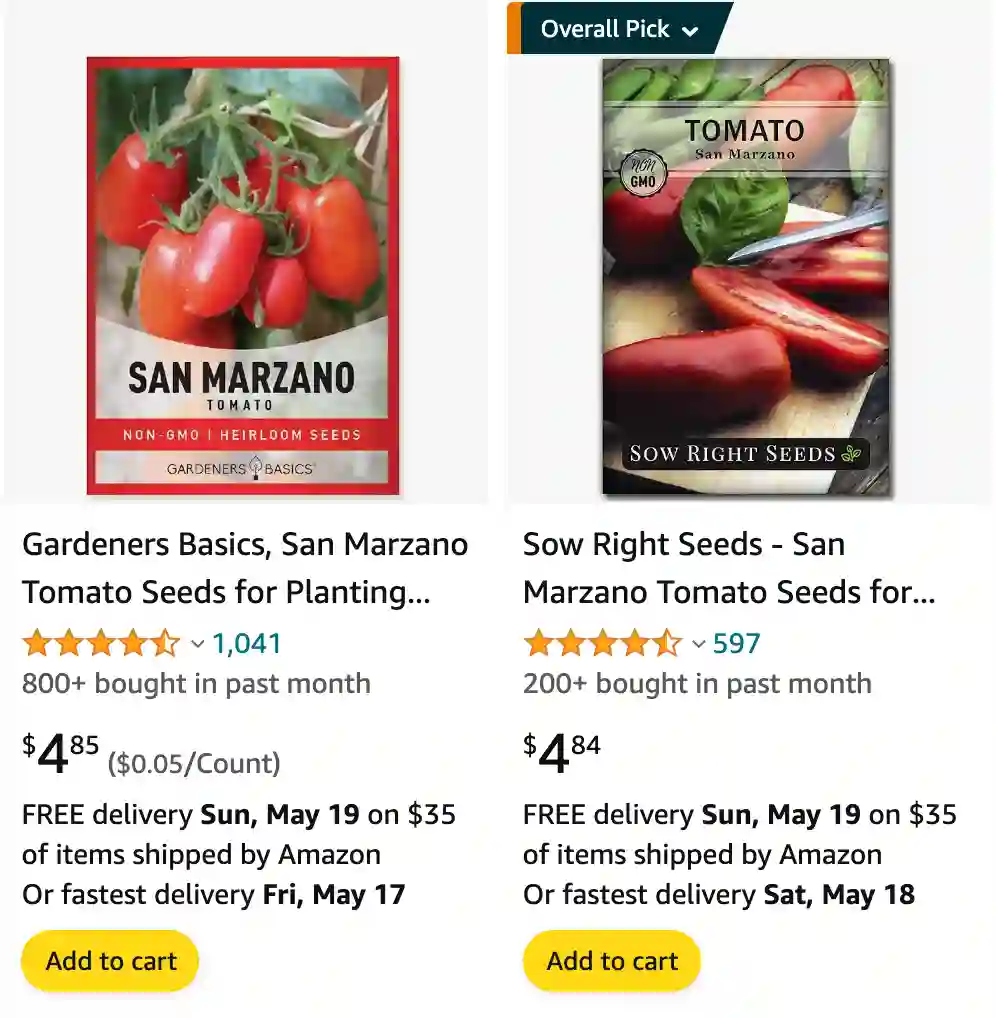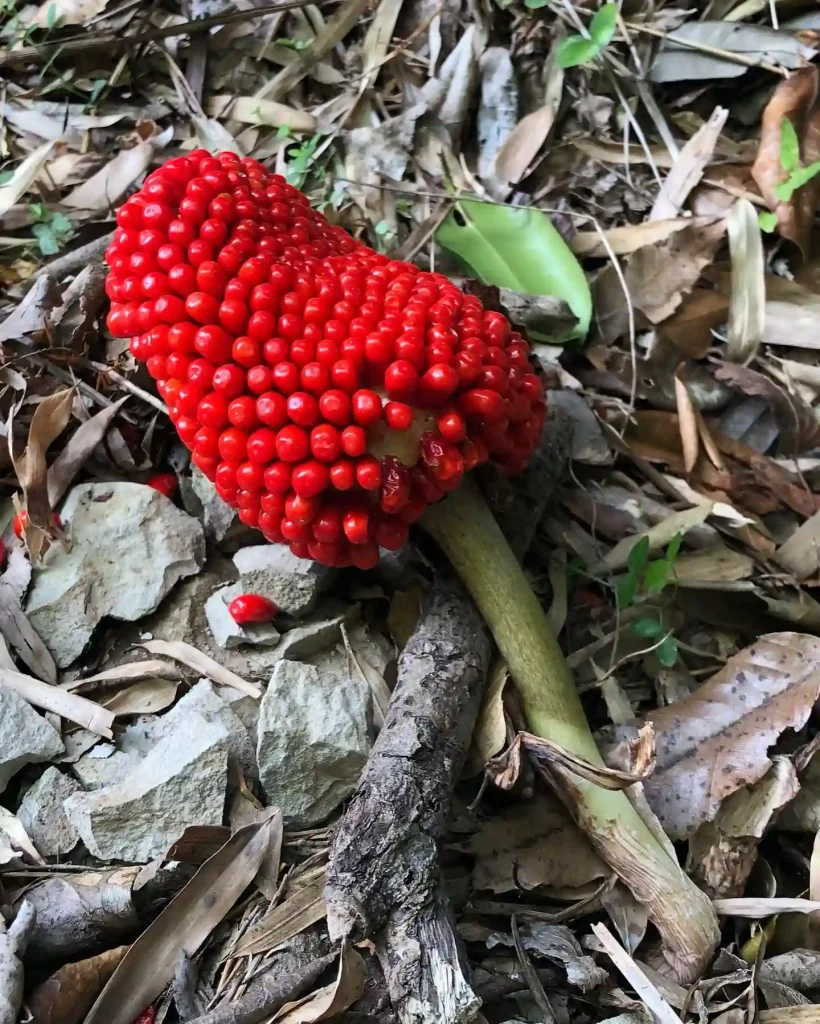
Are san marzano tomatoes determinate or indeterminate?
San Marzano tomatoes are indeterminate, which means they keep growing and producing fruit throughout the season until frost hits. I remember learning this while trying to decide which variety to plant in my garden. This quality is great because it means I get a steady supply of tomatoes rather than having them all ripen at once.
How to grow san marzano tomatoes?
Growing San Marzano tomatoes has been a rewarding experience for me. I start by planting the seeds indoors about six to eight weeks before the last frost date. Once the seedlings are strong enough, I transplant them outside into a sunny spot with well-draining soil. They require regular watering and support, so I use stakes or tomato cages to keep the plants upright as they grow.
Where to buy san marzano tomatoes?
When I’m looking to buy San Marzano tomatoes, I usually check local nurseries or garden centers for seedlings. For seeds, I’ve had good luck with reputable online retailers that specialize in heirloom varieties. If I’m in a hurry, some grocery stores and farmers’ markets also carry them, especially during the peak season.
How to can san marzano tomatoes?
Canning San Marzano tomatoes is a bit of a process, but it’s worth it. I start by blanching the tomatoes to remove the skins, then pack them into sterilized jars with a bit of lemon juice to ensure safe acidity levels. After sealing the jars, I process them in a boiling water bath for about 45 minutes. This way, I can enjoy the taste of summer tomatoes all year round.
What to do with san marzano tomatoes?
With San Marzano tomatoes, the possibilities are endless. My go-to recipes include classic marinara sauce, homemade pizza sauce, and even fresh tomato soup. They also shine in simple salads or roasted with olive oil and herbs. Their rich, sweet flavor enhances any dish.
When to pick san marzano tomatoes?
I pick my San Marzano tomatoes when they are a deep red color and slightly firm to the touch. It usually happens about 80 to 90 days after planting. I find that picking them at the right time ensures the best flavor and texture.
How to make sauce from san marzano tomatoes?
Making sauce from San Marzano tomatoes is one of my favorite activities. I start by peeling and seeding the tomatoes, then cook them down with garlic, onions, and fresh basil. I let the sauce simmer for a few hours to develop that rich, deep flavor that’s perfect for pasta or pizza.
How to plant san marzano tomatoes?
When planting San Marzano tomatoes, I choose a sunny spot in my garden and space the plants about 24 to 36 inches apart. This spacing allows for good air circulation, which helps prevent diseases. I also make sure to plant them deep, covering part of the stem to encourage strong root development.
Where can you buy san marzano tomatoes?
I can buy San Marzano tomatoes from several places. Local farmers’ markets often have fresh, locally-grown options during the season. Online stores and garden supply centers offer seeds and seedlings, and some grocery stores carry them in the produce section or canned goods aisle.
Are san marzano tomatoes good for salsa?
San Marzano tomatoes make excellent salsa, thanks to their low water content and rich flavor. I like to use them for a chunky, robust salsa that pairs well with chips or as a topping for grilled meats and tacos. Their sweetness balances well with spicy ingredients.
How big are san marzano tomatoes?
San Marzano tomatoes typically grow to about three to four inches long. They have an elongated shape, almost like a small plum, which makes them perfect for canning and sauces. Their size and shape are quite distinctive and easy to recognize.
How far apart to plant san marzano tomatoes?
For planting San Marzano tomatoes, I space them about two to three feet apart. This gives each plant enough room to grow and spread without competing for resources. Proper spacing also helps with airflow, reducing the risk of fungal diseases.
How to store san marzano tomatoes?
To store San Marzano tomatoes, I keep them at room temperature if they’re not fully ripe. Once they ripen, I either use them within a few days or store them in the refrigerator to extend their shelf life. For long-term storage, canning or freezing is a great option.
If i die, water my plants!



